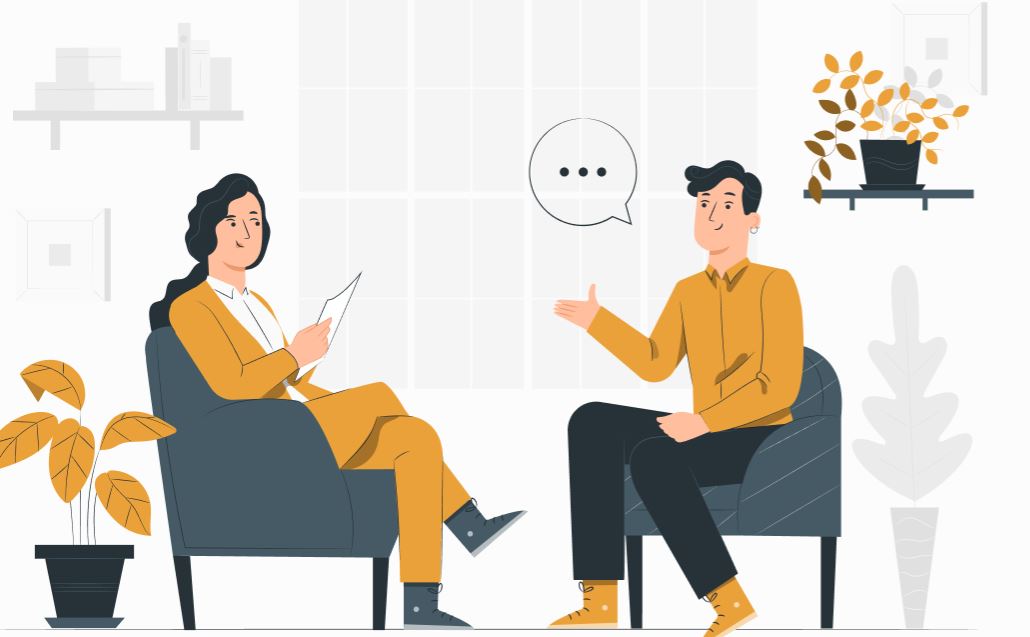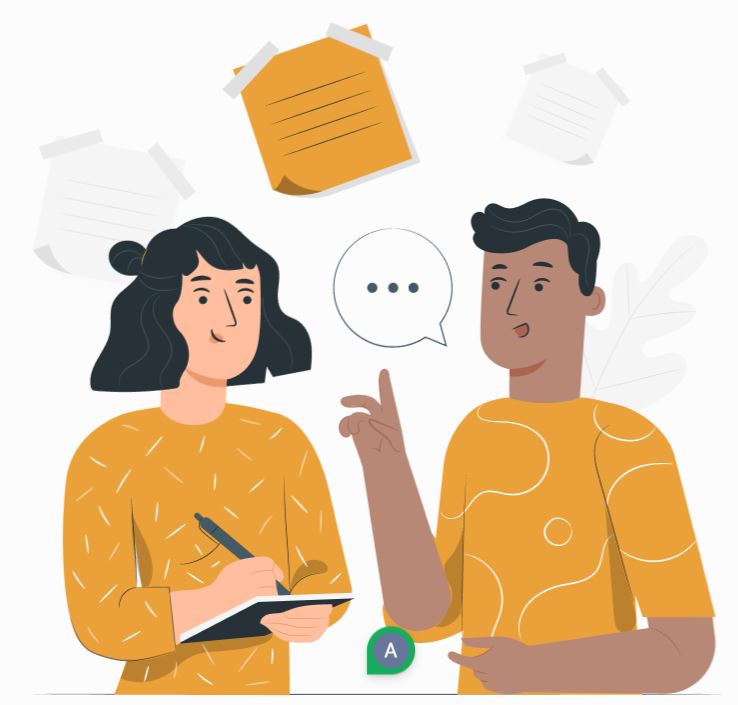Method Guidelines
Expert Interview
The specialist perspective: Birds-eye view laying out the industry, potential competitors and common user challenges for you to further explore in user interviews or field observation.
Image by Storyset from Freepik
Difference Expert vs. User Interview
Expert Interview
- Asks professional intermediaries' opinion on the users and the topic
- Planned, formal procedural meta-interview
- Can be used as "guide" on context for your topic and on e.g. the larger (digital) ecosystem around the service you are developing, not for feedback on prototypes
- Ask about processes or workflows of the users
Planning Expert Interviews
Experts can give you invaluable overviews on your topic, but not the inside perspective of a future user. Here are some things to keep in mind when preparing and conducting Expert Interviews.
Data Collection
Examples for Feasible Interview Goals for Expert Interviews:
Define a realistic goal with the product stakeholders to focus your questions –
Here are a few examples for your inspiration:
- Understand users’ context
- Sketch workflows & users’ roles – understand typical issues & challenges
- Identify industry best practices and worst practices
- Translate specific vocabulary/jargon
- Gather information about similar products (competitors)
Question Types in Expert Interviews
In theory, we all know that we should avoid leading questions. It takes quite some training though to really avoid them in the heat of the moment.
- Take some time to check your questions with a colleague
- Best is a mix of open ended and closed questions to keep your interviewee telling you his perspective but also not getting tired – he or she can relax a bit during closed questions, giving simple yes or no answers
Ask this type of questions
Open question
Ask for how and why
Tell me about how you currently solve [problem].
Closed question
Ask for yes/no answers
Have you used any other tools in the past to solve [problem]?
Leading questions
Suggest a response
Why do you use Facebook so much?
Best is a mix of open ended and closed questions to keep your interviewee telling you his perspective but also not getting tired. Leading questions should be avoided at all times.
Data Aggregation
After having gathered your observation and conversation notes, try to code them to understand the activities, thoughts and feelings your user go through when using your product or service.
A Qualitative Coding Approach
Interview Transcript
You work with your interview transcript and use your notes to guide you to interesting parts.
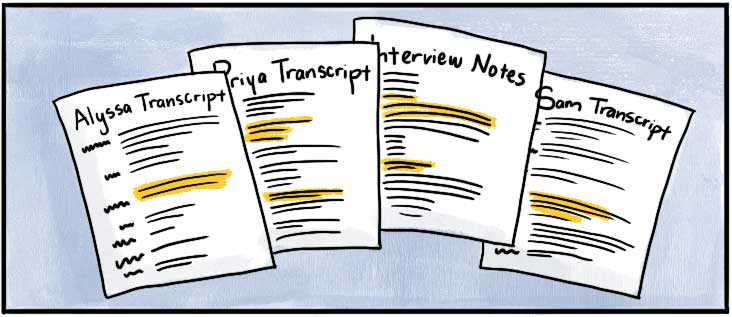
Source: Delve
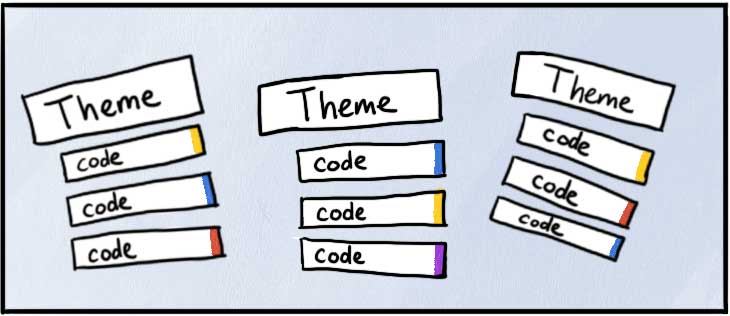
Source: Delve
Categorize notes
You can use Affinity Diagramming or Thematic Analysis to cluster statements in the transcript and observations from your notes into top-level categories first, then into sub-categories. Categories could be pain points, daily activities, or motivations. Check this video by NNGroup for an example.
Code notes
During coding, it is helpful to look for things related to Activities, Environments, Interactions, Objects and Users (see above on AEIOU), but what you are looking for will heavily depend on what you aim at with your field work. E.g. if observing to gather insights for a User Journey, or Experience Map, pay attention to interactions and objects.
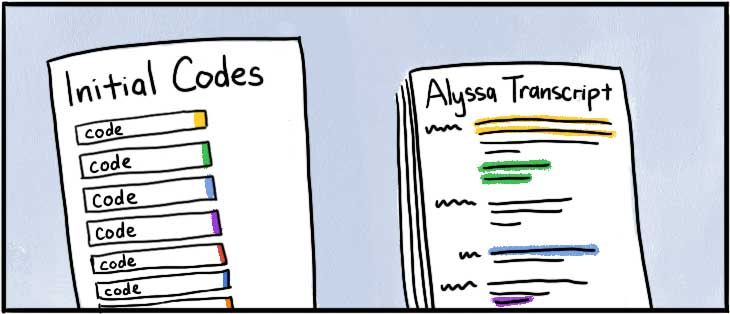
Source: Delve
AEIOU – things to be coded in interview transcripts
Activities
Image by Jeske van der Gevel
Environments
Image by Aline Weinsheimer
Interactions
Image by Karen Martinez
Objects
Image by Charlotte Schumann
Users
Image by Melissa Bonilla
How to use aggregated insights?
Your coded data from field observation can help you build:
User Personas
Create a profile of an idealized user containing quick notes on goals and motivations, needs, pain points etc.
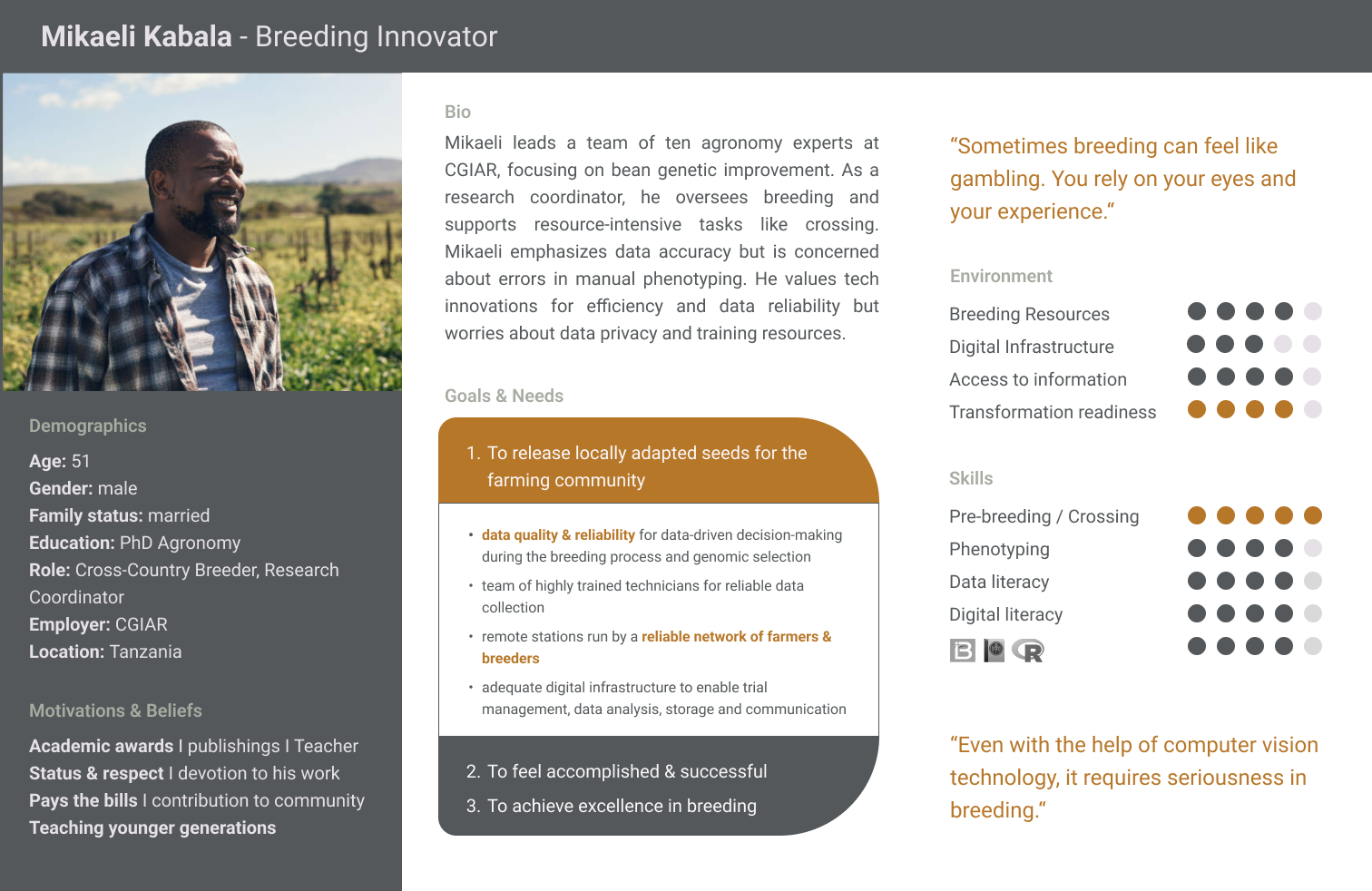
Source: Artemis, Digital Inclusion Initiative at the Alliance Bioversity and CIAT
Experience Maps
Use your insights to map how your future users currently solve the problem you are addressing with your innovation. Learn where to improve their experience.
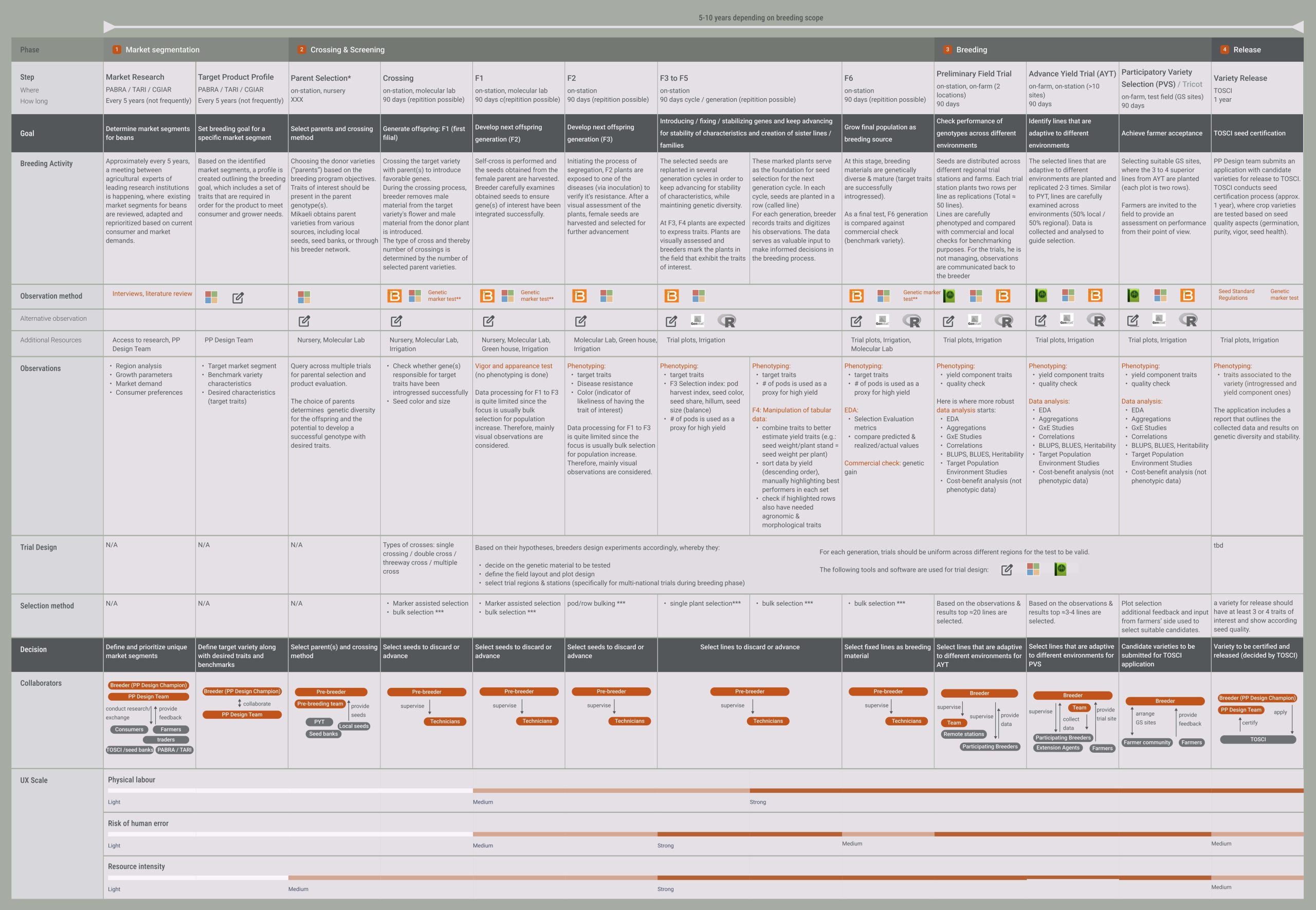
Source: Artemis, Digital Inclusion Initiative at the Alliance Bioversity and CIAT
User Journeys
Learn how your user perceives her or his journey throughout your product or service. What are his or her steps, feelings, touchpoints and pain points? How could you improve his journey for him or her?
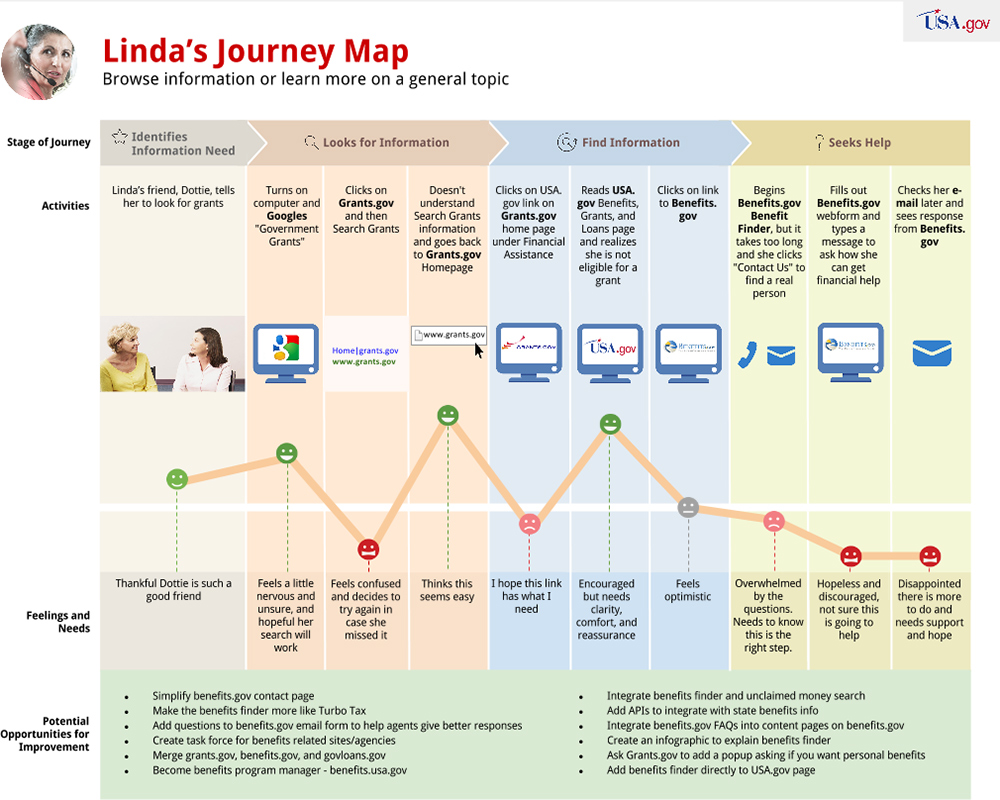
Source: NNGroup
Best Practices
Find here best practice examples with helpful tips and tricks.
Do’s and Don’ts
Do’s
- Do background research, don't waste the expert's time with things you could look up online
- Send your questions or at least the topics you would like to cover so that the expert can prepare
- Be prepared for follow up questions for different types of answers
- Ask one thing a time (e.g. avoid "Do you use smartphone Apps and if yes, which?" And try "how often do you use your smartphone" + "What do you do with it?")
- Try to be as specific as possible in your questions
- Avoid observers in the interview that might make the interviewee feel uncomfortable
- Ask the experts whom else to speak with
- Create rapport – this might include a pre-interview call/meeting, explaining the reason for the interview and subsequent data use
Don’ts
- Expert interviews can't serve as a replacement for interviewing users!
- Avoid leading questions ("priming") and questions from which judgment would derive and could make people feel uncomfortable
Potential Bias To Be Aware Of
Find a detailed overview of potential biases with counter actions here.
Below a list of potential bias to be aware of when conducting Expert Interviews.
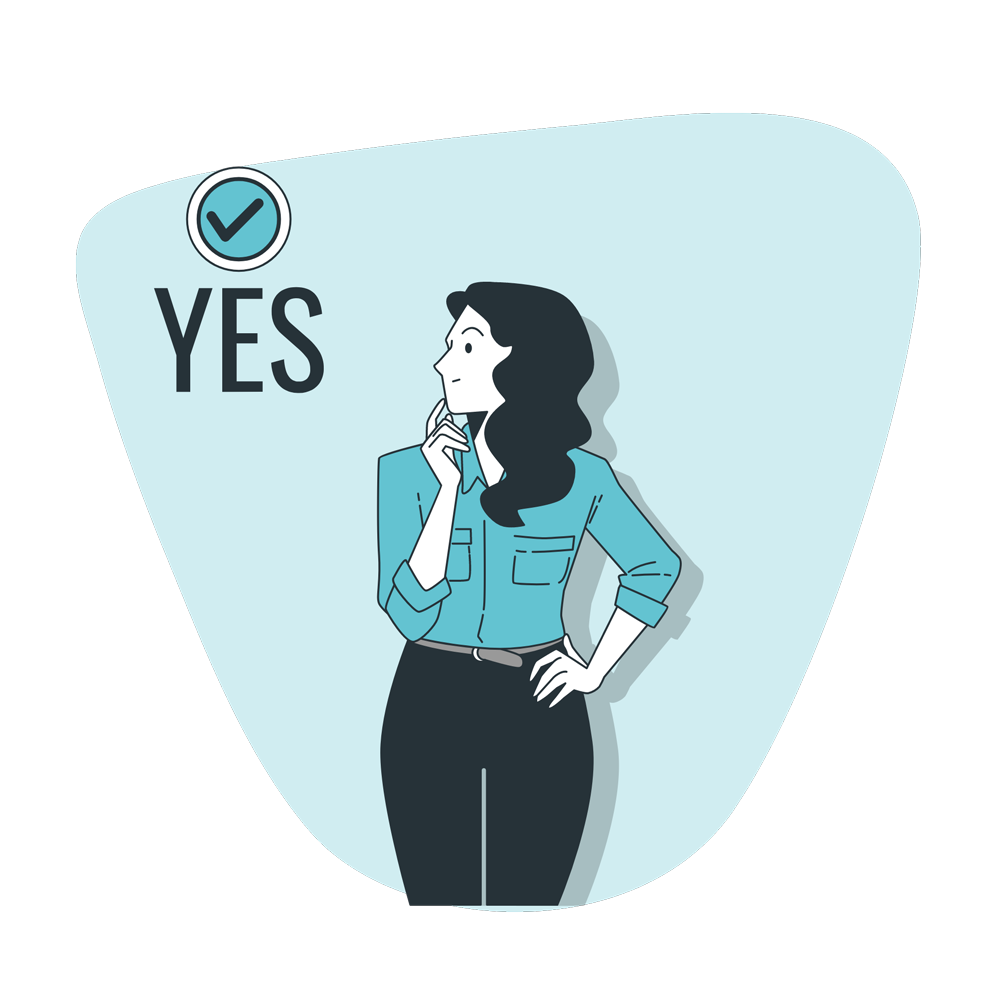
Image by Storyset from Freepik
Confirmation Bias
People tend to give more weight to evidence that confirms their assumptions and to discount data and opinions that don’t support those assumptions.

Image by Storyset from Freepik
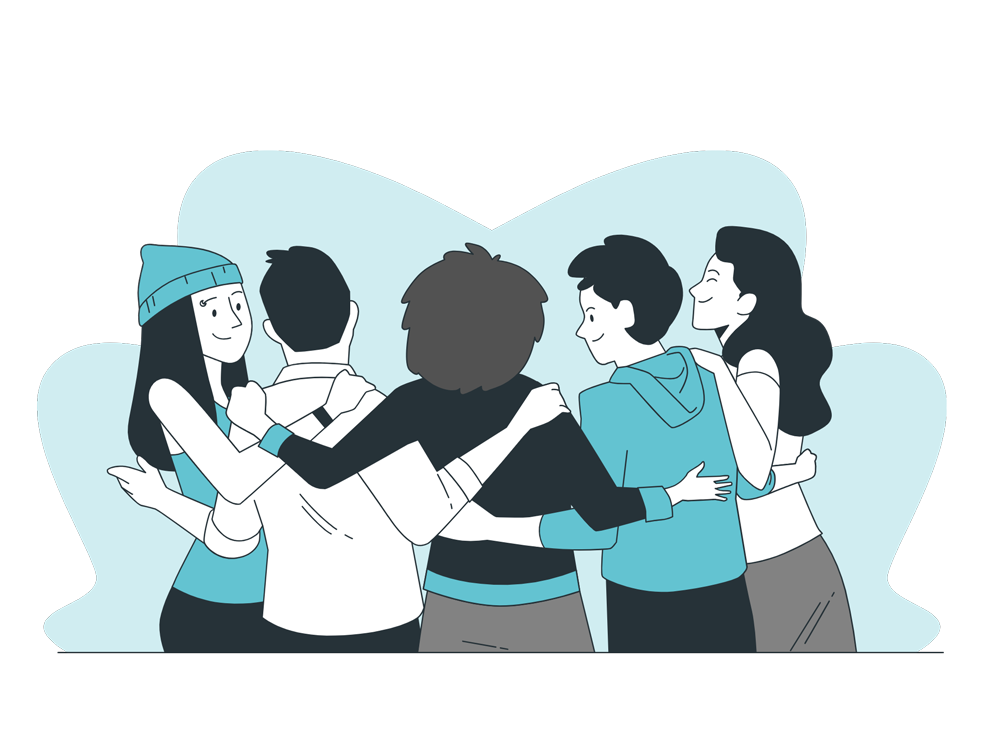
Image by Storyset from Freepik
False Consensus Bias
False consensus is the assumption that other people will think the same way as you. May lead to assuming own logic chains and preferences guide users as well.

Image by Storyset from Freepik
People tend to make more “socially acceptable” decisions when they are around other people. Same holds true for interviews, people want to make you feel good and will answer what they think you find pleasant and acceptable.

Image by Storyset from Freepik
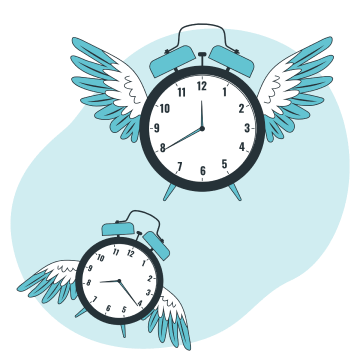
Image by Storyset from Freepik
The hindsight bias refers to people attempting to subconsciously filter memories of past events through the lens of present knowledge.
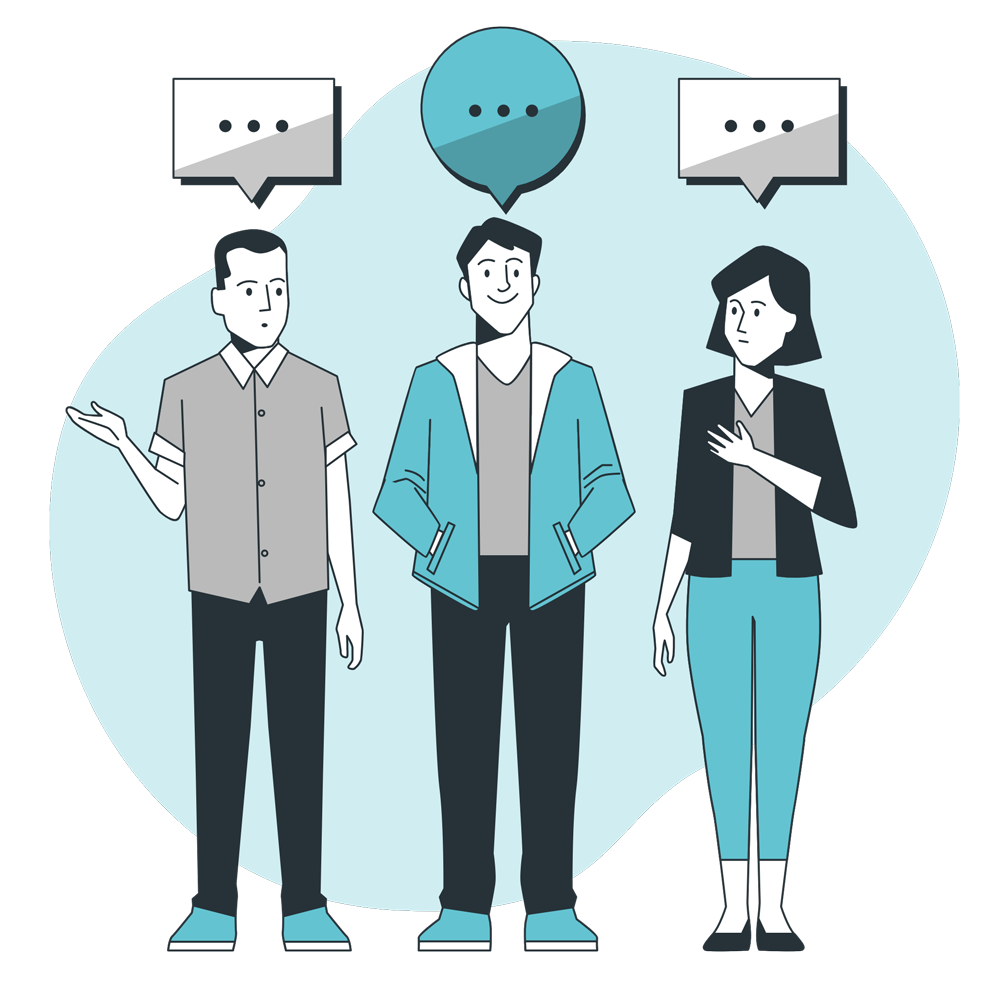
Image by Storyset from Freepik
Implicit Bias / Stereotyping
We associate our attitudes and stereotypes to people without our conscious knowledge. Our observations and interpretations of data can be steered by that and produce biased results.

Image by Storyset from Freepik
Reading Recommendation
3 Types of User Interviews by NNGroup
The best user research questions and how to ask them by Maze
Video on user interview preparation and attitude by MARS Start Up Toolkit
Overview on what, when and how to interview by Userinterviews

